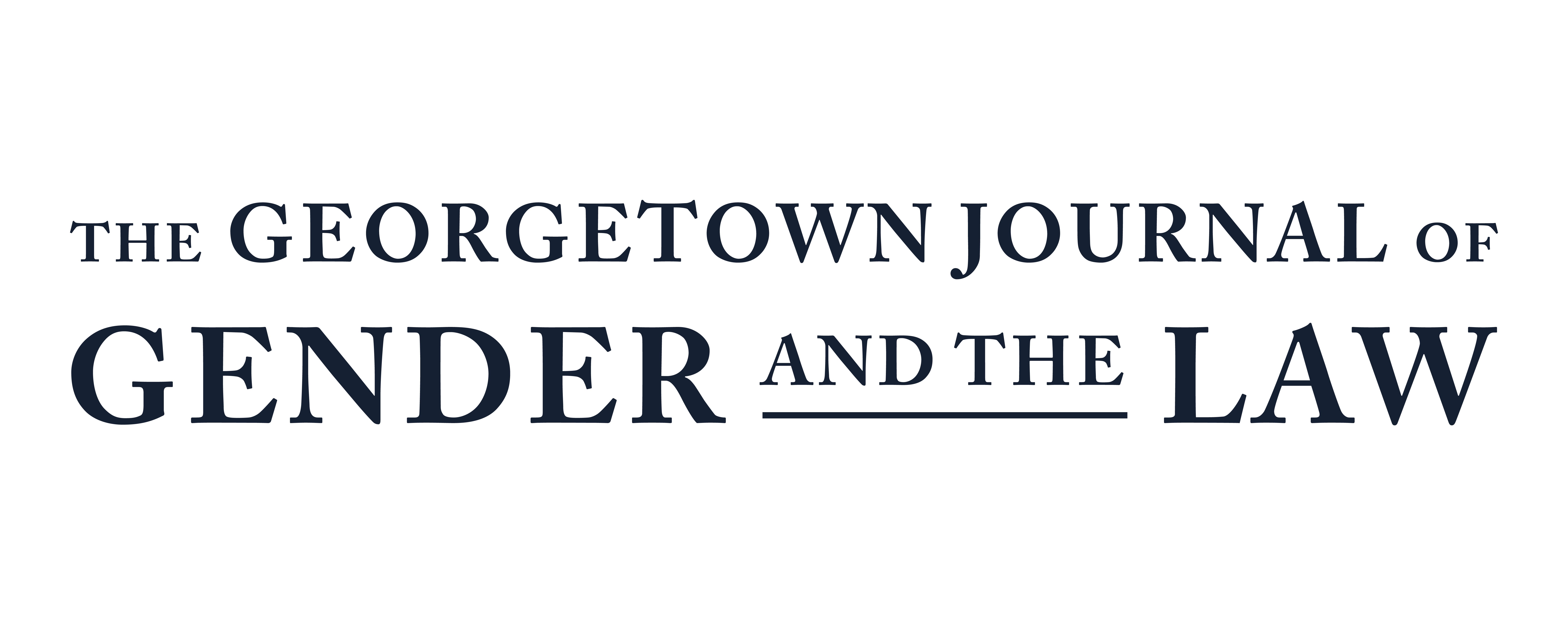Transgender and Nonbinary Persons' Rights and Issues
Transgender people are more visible in mainstream society than ever before in the United States. In recent years, trans individuals have competed in the U.S. Open, graced the cover of TIME and Vanity Fair, and presided over courtrooms as judges. In 2021, President Joe Biden nominated Rachel Levine, the first openly transgender federal official confirmed by the U.S. Senate, to serve as the Assistant Secretary of Health. Despite these strides, trans individuals continue to face disproportionate rates of discrimination and violence compared to non-trans individuals. These rates continue even though such discrimination was found unconstitutional by the Supreme Court. In Bostock v. Clayton County, the Supreme Court held that Title VII explicitly protects trans employees. Furthermore, high-profile trans individuals such as Sarah McBride, who recently became the United States’ first openly trans state senator, are bringing heightened visibility and support to the struggle for transgender rights and social acceptance. As trans visibility in popular culture and media is increasing and efforts are being made to center transgender people in social movements, so too is backlash growing against rights for transgender persons. Trans people are still subject to disproportionate stigma, discrimination, and violence. Federal Bureau of Investigation (“FBI”) data shows that the number of hate crimes motivated by gender identity rose from 33 reported incidents in 2013 to 307 in 2021, the most recent year for which data is available. Lack of uniform documentation procedures, failure to properly identify and distinguish gender identity from sexual orientation, and questionable reporting rates cast doubts on the accuracy of current data, and may suggest that hate crimes motivated by gender identity are more common than statistics indicate. These hate crimes can have serious implications on the health of transgender people, who suffer disproportionately high rates of serious mental health issues. For example, 39% of respondents in the U.S. Transgender Survey reported “serious psychological distress” in the previous month, compared to 5% of the general U.S. population.
The movement for trans rights is also largely focused on the state level, resulting in differential treatment and recognition of trans people within the United States. Research by the Movement Advancement Project summarizes legal rights and protections afforded to transgender individuals in each state and considers laws that both negatively and positively affect trans rights. Sixteen states and D.C. have high gender identity equality status, five states and Puerto Rico are medium equality status, five states have fair equality status, nine states and the U.S. Virgin Islands have low equality status, and fifteen states and three territories (American Samoa, Commonwealth of the Northern Mariana Islands, and Guam) have negative equality status. Notably, legal protections explicitly covering gender identity lag significantly behind those covering sexual orientation.
This Article uses the terms “transgender” or “trans” to refer to a person whose gender identity is different from the sex assigned to them at birth. Gender identity is distinct from sex and sexual orientation. Gender identity refers “to each person’s deeply felt internal and individual experience of gender—which may or may not correspond with the sex assigned at birth—including the personal sense of the body and other expressions of gender” such as dress, speech, and mannerisms. Sex refers to “a classification, generally as male or female, according to the reproductive organs and functions that derive from the chromosomal complement.” Sexual orientation refers to an individual’s emotional, affectional, and sexual attraction to individuals of the same gender or a different gender.
On both the state and federal level, trans people lack the legal protections needed to lead healthy, safe, and dignified lives. This Article addresses the current state of legal protections for transgender people. Part II covers access to gender-affirming health care, including challenges with insurance and discrimination when accessing care such as hormone replacement therapy (“HRT”) under the Affordable Care Act and its state-level companions. Part III provides an overview of violence against transgender individuals by various actors and discusses legislative efforts to address disparities across intersectional lines. Part IV summarizes challenges facing, and protections for, transgender people in accessing public accommodations, and Part V describes challenges and protections around housing access. Part VI covers the importance of obtaining identity documents that reflect one’s gender identity and discusses the varied difficulty with which trans people can obtain or change those documents at the federal and state levels. Twenty-four states and D.C. prohibit health insurance discrimination based on gender identity, but fifteen explicitly exclude transition services in state employee benefits.
Keep Reading Transgender and Nonbinary Persons’ Rights and Issues.

